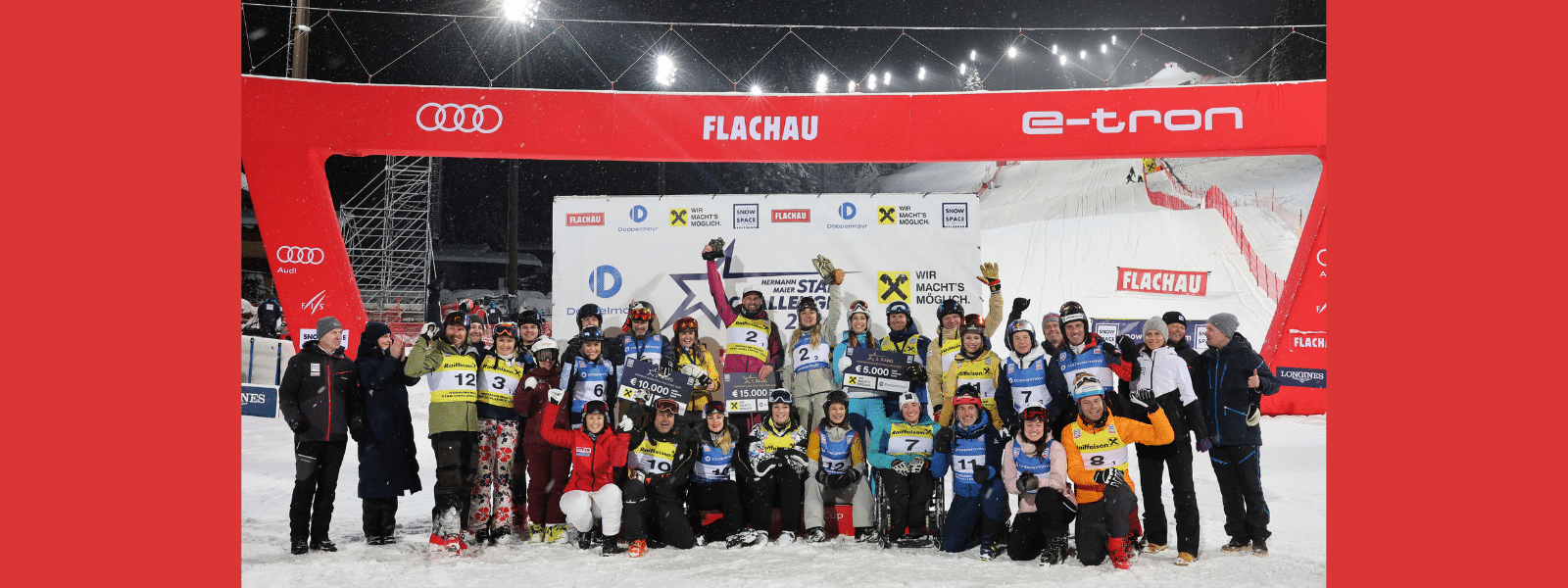Let it Age: Best Development Programs are Those That Develop
In days gone by, news ruled. Nobody, but nobody, bought positive coverage. So it has galled me when folks suggested Ski Racing was owned by the U.S. Ski Team. Ask Warner Nickerson about my reaction to his tongue-in-cheek suggestion of the same. “I don’t recall you taking it too kindly,” he reflects.
I’ve always felt perfectly free to write things like, “Our development program is aimed at mediocrity.”
But sometimes as stories develop they lead to where you didn’t intend, and in this case I find myself writing very positive coverage of the 2016 USSA Congress. Go figure.
Wasn’t in town that long, but in the halls of USSA Congress in Park City last month things seemed quite business as usual. Long-time friends were reacquainting and no one seemed concerned about any programs undergoing drastic change. There was handshaking and friendly banter. “Howsa family?” and “Good winter?” was going on. For sure the Eastern delegates were a bit somber after a decimating lack of snow during the season, but the point here is nothing was drastically changed, except maybe the key focus word, which this year seemed to be “robust.”
In the third year of Tiger Shaw’s reign, the fledgling CEO seems to have secured the confidence of the membership. That’s a big deal. More importantly, the staff seems energized, full of pep. Mix the two together and it’s a good recipe.
“Changing ingredients every so often is how good recipes get ruined.”
By organizational definition, development is a key element of USSA.
Years ago a veteran board member told me he was retiring after watching the same proposals circulate around every three years, and then be enacted. The classic cycle. Such is the burden of popular wisdom.
No doubt there are cycles in life. My mother was a first grade teacher who simultaneously taught college seniors. She maintained, quite matter of factly, that a class of particularly gifted students rolled around every seven years.
Deb Bergstrom LaMarche will remember the kids born in 1970 who helped lift her development program to success, and coincidentally 1984 is the veteran birth year currently ruling the World Cup circuit.
But changing ingredients every so often is how good recipes get ruined. Back in the day of that retiring board member, a coach or program administrator or occasionally even a well-connected parent could and did lobby for a rules tweak on the basis that it would help out the whole when the underlying factor was helping a single racer skip a rung or two on the development ladder.
The fact that little changed this year is significant. USSA is saying the robust programs in place are the ones that should be, and they’re offering data to prove it.
Measuring success in ski racing is both easy and difficult. Winning races and earning titles is readily quantifying. But just who are those racers who win and how much does, or did, the development plan aid them?
In a walk through U.S. ski racing history we see a rich smattering of super stars: The Cochran family, Cindy Nelson, Tamara McKinney, the Mahre twins, Picabo Street, Kristina Koznick, Lindsey Vonn and the once wild child now doting parent himself, Bode Miller … and certainly also Mikaela Shiffrin. All rose to the top of the heap because of who they were individually. Each and every one of them was a self-driven star given opportunity and needing little else.
Yes, they gained some advantage via the national team programs, but the development program had provided all they really needed.
And by development program I mean their original local programs. The guys and gals of the grassroots – the ones shaping the future of the sport. Of the hundreds of aspiring athletes rolling through their programs in any given year, they know but one or two have any chance to advance as far as the World Cup.
Last season three American skiers collected World Cup wins, and seven scored podium places. Nine scored 10 or more times and seven gained their first ever scores. That is considerably better than mediocrity, disproving my original premise.
Fact of the matter is our club programs are designed to give average ski racers the best chance of excelling, especially if they’re willing to pay their own way. In any local program there are dozens more athletes just skiing and having a good time for every one or two who is good enough to consider stepping up another level.
And frankly, this is the way it should be. A few hundred youngsters finding the joy of skiing and getting hooked on the most incredible sport in existence is a fine enough objective. If they score a few NorAm points, well that’s a bonus.

Tiger Shaw addresses the 2016 USSA Congress in Park City, Utah. USSA
In the halls of Congress it felt like “we” were working toward the same goal. It wasn’t us against the U.S. Ski Team, it was each region, division, and program nudging each other forward, asking critical questions such as how to make this super elite sport more affordable for families.
Tiger Shaw is one of ours. He was born into the organization. He went through the USSA as a competitor, as a parent, as a coach and as a member of the foundation. He is one of us. He understands.
Our advice: Stay the course.






















